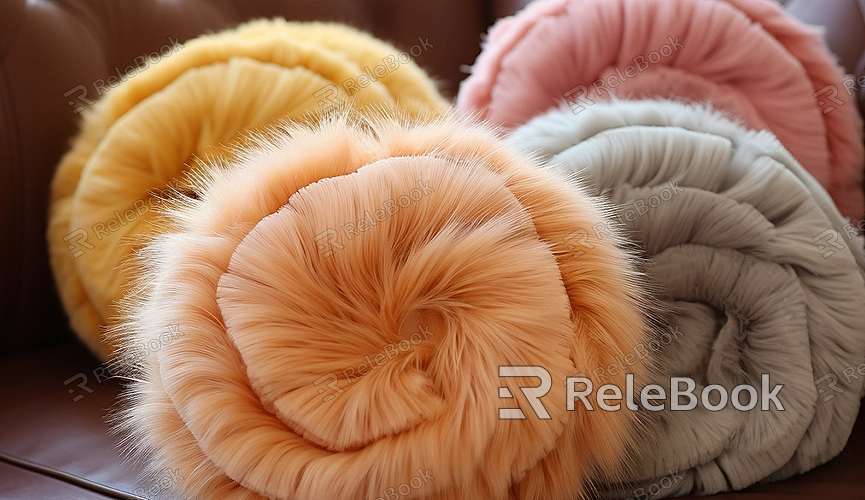Texture Painting in Blender
Texture painting in Blender is a process that transforms flat 3D models into vibrant, highly detailed visuals. This process is akin to a painter using colors on a blank canvas, but in this case, the canvas is a 3D model, and the brush is the tool within the modeling software. By directly painting textures on the model, we can create complex surface effects, adding realism and personality to the artwork.
Blender's texture painting system allows the use of various brushes and techniques to apply colors and patterns to the model's surface, offering both the intuitive nature of traditional painting and the flexibility of digital art. Artists can layer textures to create various effects, from the rough texture of stone walls to the smooth finish of modern car paint.

Here are specific examples of using texture painting in Blender, showcasing the diversity of texture painting and the texture characteristics it brings:
1. Ancient City Walls: In a historically rich village scene, texture painting can add details like moss, cracks, weathering, and faded colors to the walls, giving them a weathered appearance that exudes the essence of time.
2. Fantasy Character Design: When crafting armor for a character, texture painting can depict battle scars, gleaming metal edges, and intricate decorative patterns, turning the armor into historical records of heroic feats rather than mere battle gear.
3. Realistic Natural Environments: Imagine a forest path covered with fallen leaves and twigs. Texture painting can give each leaf an autumn hue and evoke the realistic dampness of the forest floor.
4. Spacesuit Design: Texture painting on a spacesuit's surface can depict traces of space exploration, such as tiny impact marks and dust left from traversing the cosmos, adding detail and depth to an astronaut's journey.
5. Vintage Car Rendering: Whether showcasing a sparkling classic car or an old rusted vehicle forgotten in a garage corner, texture painting can impart the appropriate appearance and emotion to the automobiles.
6. Dragon Scale Painting: When painting scales on a dragon, each scale can be given different colors and textures based on its habitat; for instance, scales of a desert dragon may exhibit dryness and sand dust.
7. Wooden Cabin Rendering: A wooden cabin can display the texture, color, and marks left by time on its wood surface through texture painting, blending the cabin seamlessly with its natural surroundings.
8. Underwater World Creation: In a scene of a deep-sea sunken ship, texture painting can depict not just the covering of seaweed but also the corrosion and biological attachments resulting from prolonged immersion, creating a mysterious underwater world.
Texture painting in Blender is not merely a technical process to enhance the visual effect of a model; it's an art form that infuses emotion and stories into the virtual world. Every stroke of texture painting breathes new life into a 3D model, filling each corner with stories and evoking emotions in the audience. If you wish to create new textures by referencing existing 3D textures, they can be downloaded from Relebook and directly imported into the model after downloading.

